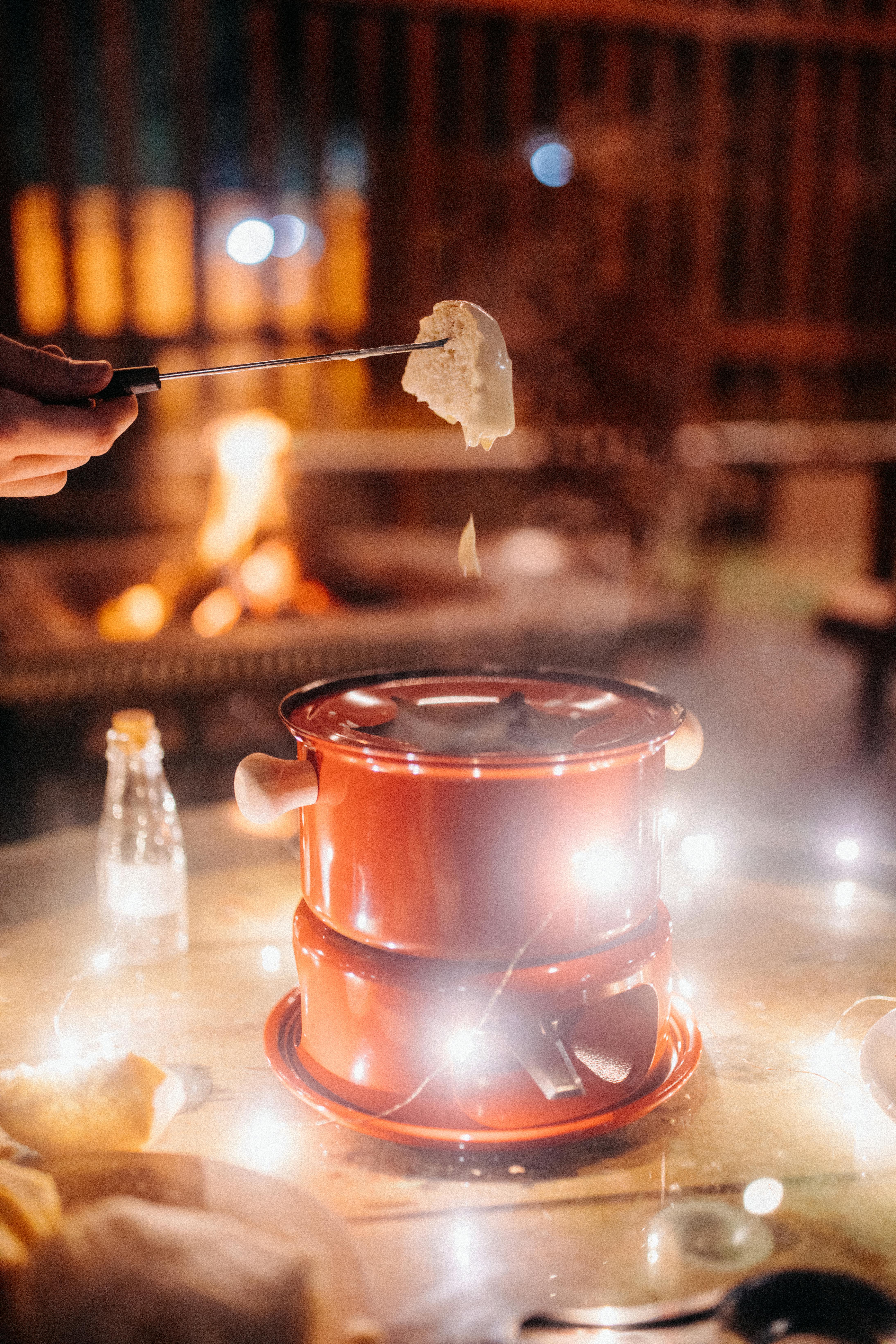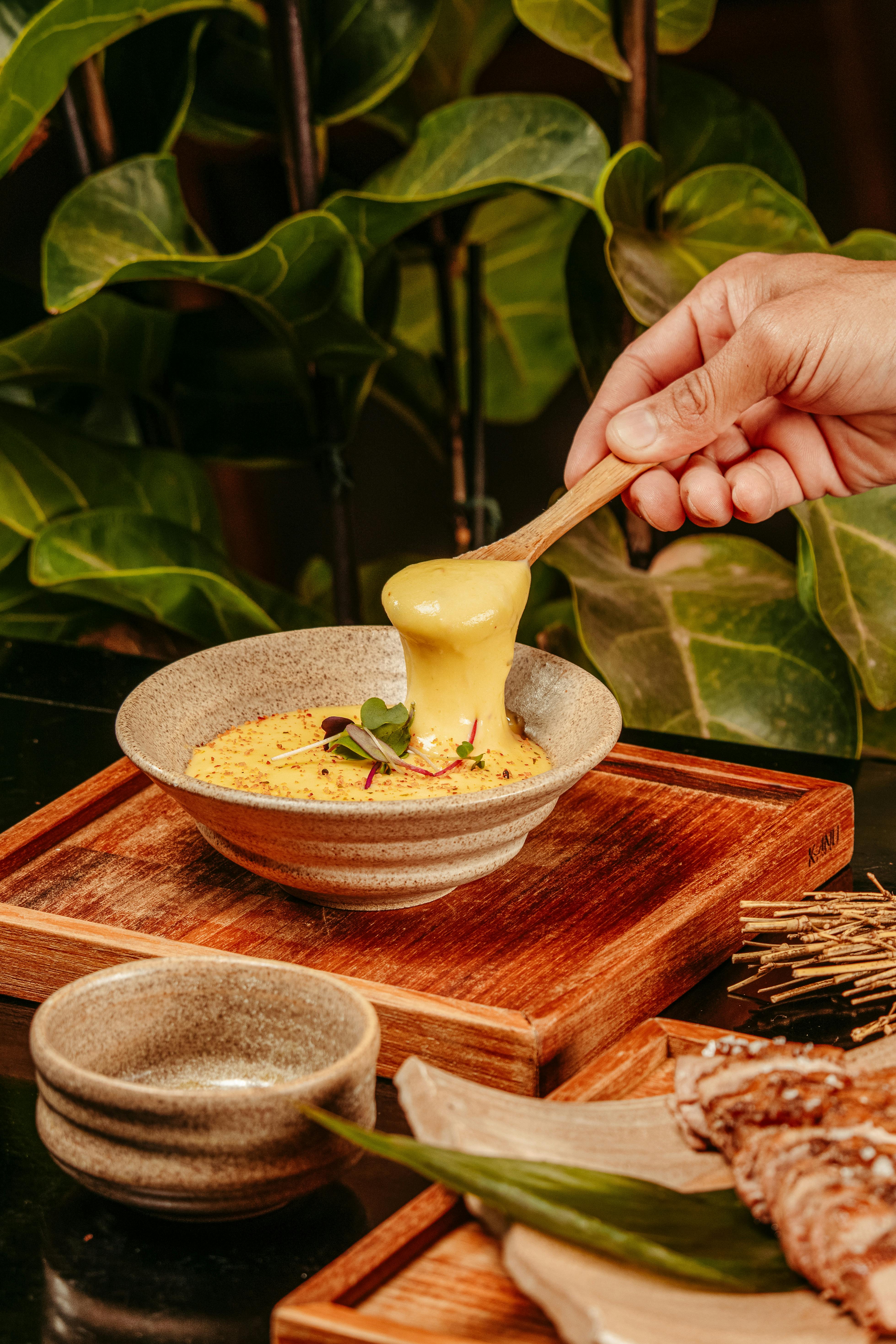Swiss Fondue Secrets: Experts Reveal Creamy Perfection Every Time
Let me be straight with you: I’ve ruined more fondues than I care to admit. It’s the kind of thing you’d expect to be simple (melt cheese, add wine, stir, right?), but actually, achieving that truly silky, dreamy, never-gritty texture—the one that hovers somewhere between molten velvet and cloud-like custard—is one of the great kitchen secrets the Swiss guard more closely than their banks. And yet, after a decade of travel, dozens of chalet suppers, and conversations with everyone from Bernese grannies to Michelin-starred Zurich chefs, I finally uncovered the surprisingly simple, scientifically backed, but little-publicized fondue technique that gives you perfect results every single time.
Here’s the big reveal upfront:
The secret to creamy Swiss fondue isn’t just the cheese—it’s precise emulsification with proper thickener timing and acid balance, all orchestrated under the right low, controlled heat. Sounds technical? It’s easier (and tastier) than you think—once you know the real, expert-approved steps.
Why Fondue Matters in Switzerland
Before we get lost in the cheese, let’s step back. Did you know fondue was never just about cheese, or even about food? These days, travelers and foodies think of it as an après-ski cliché or a party trick—but for centuries, fondue was a lifeline for Alpine families braving the icy months when fresh food was scarce and community warmth was essential. The Swiss didn’t invent “cozy,” but honestly? They got pretty close by turning hardship into a dish that’s pure, uncomplicated joy when done right.
I used to think fondue’s role was overstated—a fun winter treat, sure, but hardly a cultural touchstone. But the more time I spent in Swiss homes (where it’s still a sacred family tradition, especially on Christmas or New Year’s Eve4), the more I realized that the ritual, the unhurried togetherness, and—maybe most of all—the mouth-feel of perfectly creamy cheese draw people back to the table year after year.
3 Creamy Fondue Myths (and Why Most Fail)
Quick confession: I’ve made all of these mistakes at least once. You might have, too. And if you haven’t… there’s always a first time. So let’s clear up the cheese fog before we melt down our next batch.
- Myth 1: “Any Cheese Works.” The biggest gamble. Swiss fondue is an art of blend—hard, nutty Gruyère and gentle, gooey Emmental in specific ratios, with occasional Appenzeller for more oomph. Mozzarella? Forget it.
- Myth 2: “Turn Up the Heat.” Want lumpy, oily, split fondue? Crank the stove. The real magic happens below simmering point. Patient heat wins every time.
- Myth 3: “Wine is Optional.” Nope! Wine isn’t just tradition; its acidity is chemically crucial to smooth, stable melt. Skip this, and you risk grainy disaster7.
Key Ingredients: The Cheese, The Wine, The Magic
Here’s what took me years to accept: Swiss fondue (the classic moitié-moitié or “half-half”) is far less forgiving than you’d hope. If you want consistently creamy magic, you can’t cut corners on foundational ingredients—at least, not if you want friends to come back for seconds.
- Cheese: Classic = Gruyère + Emmental. For 4 people: 200g Gruyère, 200g Emmental. Appenzeller, Vacherin Fribourgeois, or Raclette can boost complexity but must be balanced carefully.
- Wine: A dry, acidic white—think Swiss Fendant or Chasselas, or a dry Sauvignon Blanc. Never sweet. About 1 cup (250ml) per 400g cheese.
- Starch: Cornstarch (or potato starch) is the great unsung hero. It binds the cheese and wine into an unbreakable emulsion, but if you dump it at the wrong step, you’ll curse its name.
- Acidity: Lemon juice. Just a teaspoon. It keeps proteins from seizing and oiling out.
- Aromatics & Add-ins: Garlic (halved and rubbed in the pot), nutmeg, white pepper. Kirsch (cherry eau-de-vie) is controversial; I’m partial to a splash, but true Swissies debate this endlessly.
Pro tip: Use freshly grated cheese. Pre-shredded is a disaster waiting to happen—coated in anti-caking agents that prevent smooth melting. I learned this the hard way, three parties in a row.
The Secret Technique: Expert Emulsification Explained
What really strikes me is that fondue is as much chemistry as it is cooking. Here’s what most online recipes never get specific about: you’re not just melting cheese, you’re forcing fat and water—normally sworn enemies—to combine. Swirl them together too fast or under too much heat, and they’ll split; too little agitation or too little acid, and you’ll get stringy, oily, or (worst of all) thick, burnt clumps.
Having stood next to a Swiss chef in a Lucerne restaurant and watched him throw out an entire batch because the emulsion “didn’t walk right” (his words), I finally got it. The sequence, the heat, and when you add the cornstarch make or break the whole thing.
| Step | Why It Matters | Common Error | Expert Fix |
|---|---|---|---|
| Rub Pot with Garlic, Add Wine + Lemon — Heat Gently | Infuses aromatic base, preps for even melt, acid stabilizes emulsion | Boiling wine, skipping lemon | Keep under simmer, always add lemon |
| Gradually Add Cheese, Stir Constantly in Figure-8 | Prevents lumping, ensures smooth integration | Dumping cheese all at once | Handfuls, each fully melted before the next |
| Add Cornstarch Slurry at 2/3 Melt | Emulsifies fat/protein, smooths texture | Adding cornstarch to dry cheese or too late | Mix with wine, pour in while mixture is hot but before fully liquid |
| Finish with Seasoning & (Optional) Kirsch | Layers flavor, stabilizes emulsion | Seasoning too early, alcohol evaporates | Season at end, add Kirsch off heat |
Step-by-Step: Perfectly Creamy Fondue at Home
- Rub the inside of your (heavy, enameled) pot with a halved garlic clove. I know, sounds like a fussy step! But it really does set the aromatic tone. My earliest attempts without this tasted flat and oddly bland.
- Pour in wine and lemon juice, heat gently—not boiling, just barely steaming. If you see bubbles, dial it back.
- Add the shredded cheese by the handful, stirring all the time in a figure-8. Don’t rush—each handful must fully melt before the next. It’s slightly meditative, once you get used to it.
- When the mixture is about 2/3 melted, whisk cornstarch with a splash of extra wine to make a smooth slurry; pour gently into the pot, continuing to stir.
- Turn heat down to low and stir vigorously until the fondue looks glossy, shimmery, and completely lump-free. If it seems too thick, add a splash more wine.
- Season with nutmeg, white pepper, and (if using) a shot of Kirsch. Serve immediately over a low flame.
Common rookie error: If the fondue splits (you’ll see pools of oil), try whisking in a squeeze of lemon juice and a touch more cornstarch slurry—off the heat. Sometimes, miracles happen.

Common Mistakes & Real Fixes
This section hits close to home, because what’s the point of perfect theory if your real-world fondue comes out gritty, thick, or—worst of all—refuses to stay on that little cube of bread? Based on persistent trial-and-error and some emergency hotline calls to Swiss friends (I wish I was joking), here’s what actually goes wrong most often, and how to save it before disaster strikes.
- Problem: Fondue is grainy or stringy.
Why: Cheese overheated or wrong blend; acid (lemon or wine) missing; cornstarch added too late.
Rescue: Whisk in a bit of lemon juice, then a little wine mixed with cornstarch, off the heat. Be persistent. - Problem: Fondue is oily, separated, or “broken”.
Why: Heat’s too high, cornstarch left out, or blend too fatty (too much Gruyère).
Rescue: Remove from heat. Vigorous whisking + splash of lemon or more wine + cornstarch slurry. If all else fails… make cheese sauce for pasta and try again tomorrow. - Problem: Fondue too thick or gluey.
Why: Too much cornstarch, not enough wine.
Rescue: Add warm wine, whisk, keep heat low.
Swiss Fondue Culture: History, Ritual, and Fun Facts
Now, let’s hit pause: It’s impossible to separate fondue technique from its cultural life. Years back, I was invited to a lakeside chalet outside Montreux for a “true” fondue evening by a local winemaker. Turns out, there’s a subtle etiquette to every swirl, every joking forfeit enforced when someone’s bread cube drops (hints: singing, silly dares, or a round of schnapps)—all woven together to keep the tradition alive and fiercely local.
A little history for context: Though Alpine cheese-melting rituals go back centuries, fondue as we know it was turbocharged by Swiss cheese marketing boards in the 20th century—yes, really! That’s why Swiss cantons squabble fiercely over which cheese blend is “correct” (Gruyère + Emmental in Fribourg, Vacherin in Vaud, and so on)11.
- Did you know? The word “fondue” comes from the French “fondre”—to melt.
- Tradition: If you lose your bread in the pot, you “pay a penalty”—one more reason to focus on technique.
- Controversy: Some purists insist on absolutely no dipping of vegetables or meats—just white, crusty bread. Others embrace seasonal additions.
Personal take: The best fondue evenings are unrushed, noisy, and warm—the polar opposite of Instagram perfection. The secret isn’t just in the pot; it’s around the table.
Genius Variations: Modern Twists & Pro Secrets
Over the years, friends and chefs alike have whispered their fondue “hacks”—some heretical, some inspired. After much testing (some delicious, some criminally bad), here are the modern tweaks worth trying if you’re up for a flavorful left turn.
- Black Truffle Oil: Just a teaspoon swirled in at the end is decadent and surprisingly balanced. I used to think it was “too much” until I tasted it at a Zurich pop-up. Never looked back.
- Mushroom Fondue: Sautéed wild mushrooms folded in just before serving create savory woodsy depth. Pair with an earthy Swiss Pinot Noir.
- Beer Instead of Wine: For fans of darker, maltier flavors: swap half the wine for Swiss ale. (Stick to light styles for best results.)
- Vegan Fondue: A whole separate adventure—cashew cheese, dry white wine, potato starch, touch of miso. Actually works. Not traditional, but for dairy-free guests, it’s a revelation.
Serving Like the Swiss: Sides, Drinks, and Etiquette
Here’s what I wish someone had told me on my first (slightly shambolic) fondue night—Swiss presentation is less about fuss and more about getting the key beats right. Here’s how to serve so every guest feels like they’re in a Zurich Alpine hut…even if it’s a tiny city flat.
- Bread: What kind? Crusty white, preferably day-old, cut into cubes. Swiss loaves like pain de campagne or Zopf are traditional. Fresh bread can get mushy and is much more likely to go swimming.
- Sides: Lightly blanched vegetables (broccoli, new potatoes, fennel), apple slices, pickles. Over-ambitious meats or seasoned breads are frowned upon by purists but—personal opinion?—add at your own risk.
- Drinks: White wine (the same as in the pot) or hot herbal tea are classic. Cold drinks are rumored to “harden the cheese in your stomach.” I’m still unconvinced, but guests swear by it14.
- Final tip: Never, ever stop stirring the pot. Even—no, especially—between rounds.
Ready for a challenge? Host a “fondue championship”—each guest brings a dipping side, winner gets a tiny wedge of Gruyère (and bragging rights for the year).
Did You Know? Swiss Cheese Export Fact
References
Sources and Further Reading
Conclusion: Celebrate the Creamy Secret
To wrap this up (and after 2,500 words, you’ve earned it): Creamy fondue isn’t a lucky accident or a matter of fancy equipment. It’s the result of understanding—then respecting—a few truly critical steps: blend the right cheese, use the acidic, dry wine, nail the timing of your thickener, and above all, never rush the heat. Everything else—etiquette, dipping sides, even the jokes—matters only insofar as the pot at the center brings people together.
I’ll be completely honest: I still chase new techniques, flavors, and local quirks every chance I get, but nothing compares to that moment the first chunk of bread dips into a pot of shining, creamy cheese that just works. That’s Switzerland’s gift to the world, and with a little attention, it can be yours whenever you want.
Ready to transform your next gathering? Make the pot, share the laughs… and let the creamy, secret technique turn a cozy meal into an unforgettable memory.


